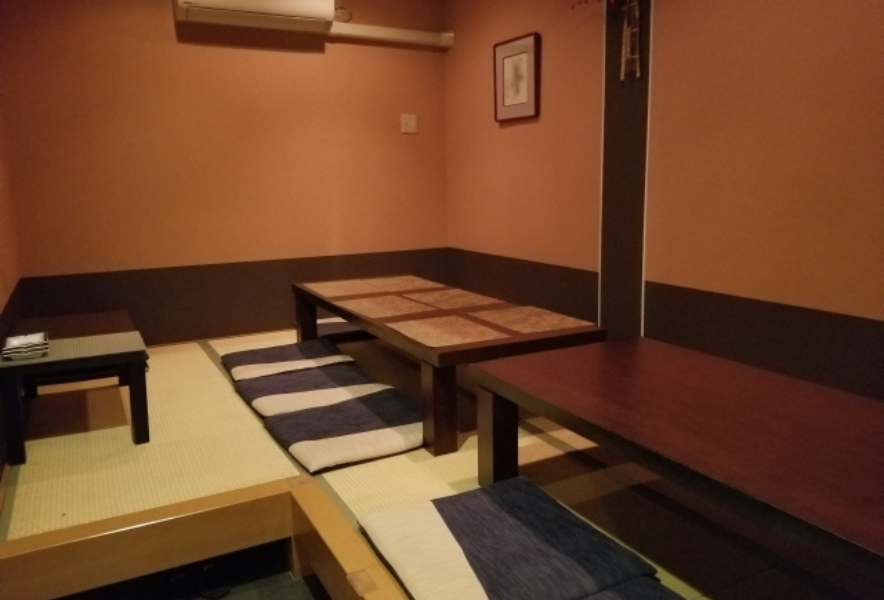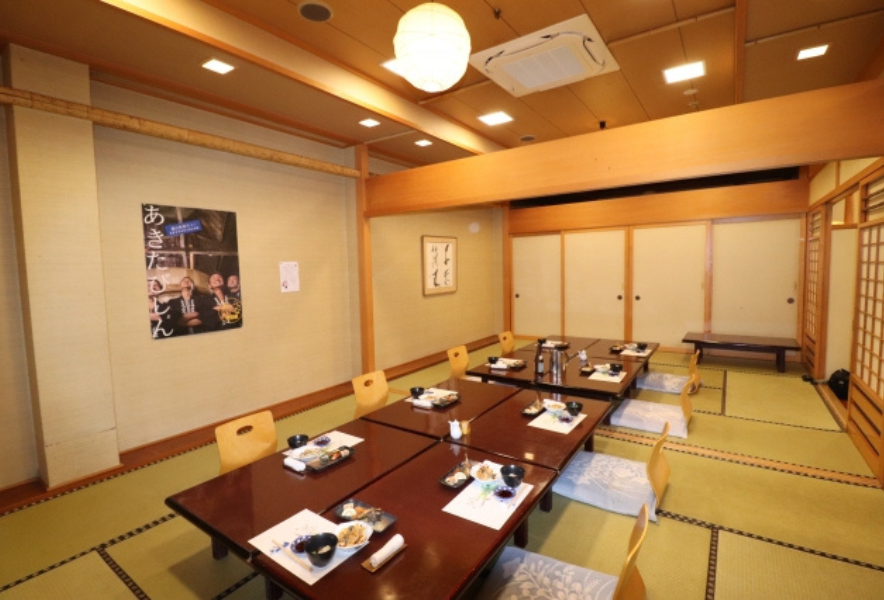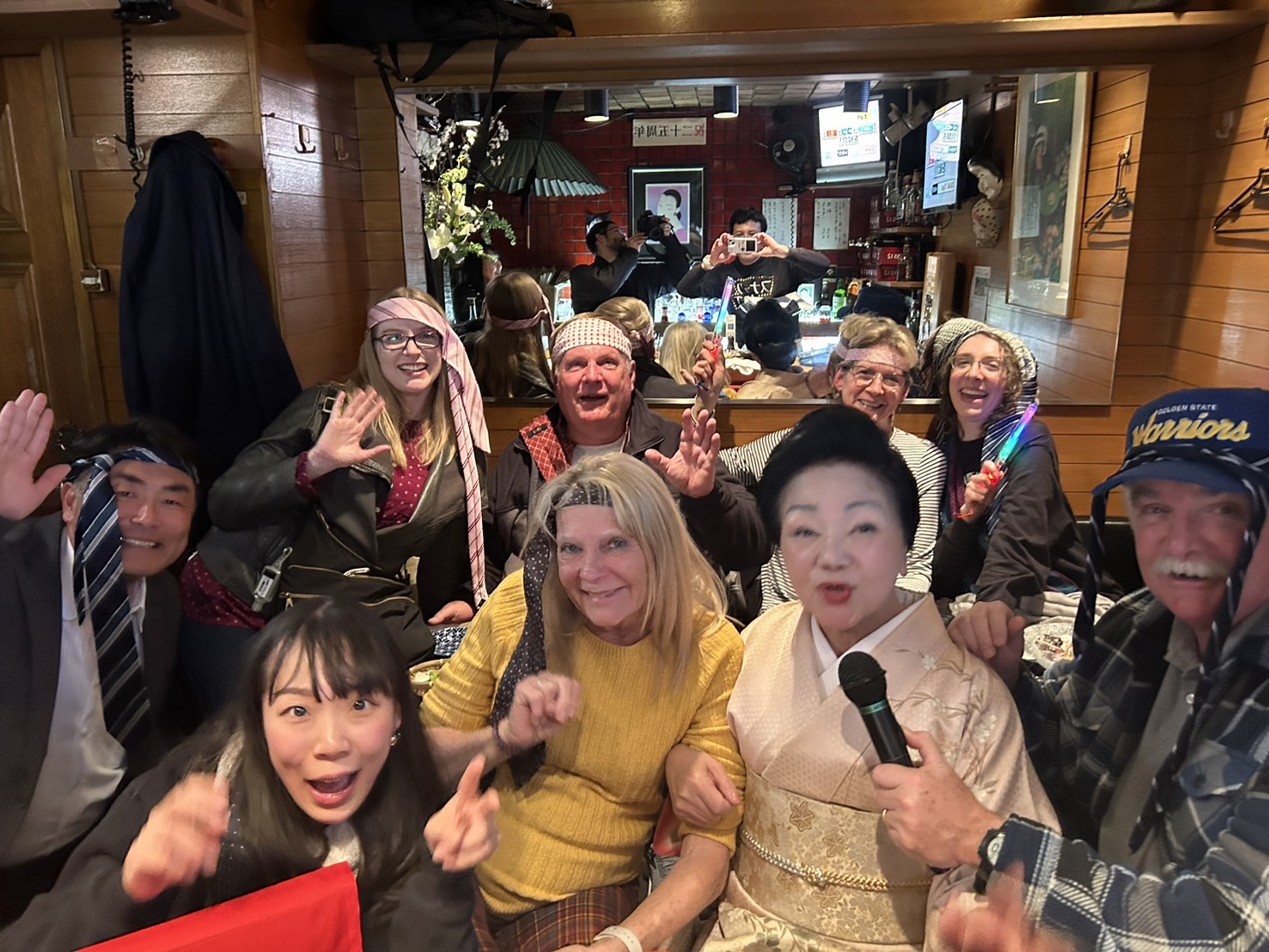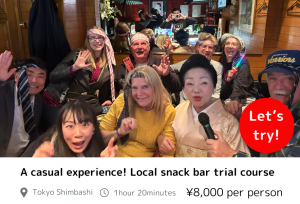The Unique Dining Experience at Japanese Izakayas:
there are certain customs and practices that might be unfamiliar to foreign visitors. One such practice is the tradition of removing shoes before entering certain seating areas.
Removing Shoes: A Tradition of Cleanliness and Respect
In many traditional Japanese establishments, including izakayas, it is customary to remove your shoes before entering specific seating areas. This practice is rooted in Japan’s emphasis on cleanliness and respect for shared spaces. Here’s what you need to know:
- Entrance Protocol:
- Upon entering an Izakaya, you may notice a genkan (entryway) where you are required to remove your shoes. This area often has a step up, indicating the transition from the outside to the clean indoor space.
- Shoe Storage:
- After removing your shoes, you will place them in a designated shoe locker or cubbyhole. In some izakayas, you might receive a key for your shoe locker to ensure they are kept safe during your visit.
- Indoor Slippers:
- Some establishments provide indoor slippers for guests to wear while walking to their seats. However, slippers are usually not worn on tatami mats, the traditional straw mats found in many seating areas.
Seating Options: Koagari and Zashiki
Izakayas often feature different seating arrangements, each offering a unique dining experience. The two most common traditional seating options are koagari and zashiki.
Koagari Koagari refers to a raised seating area where you will sit at low tables with a tatami mat floor. These areas are typically elevated from the main dining floor, and you will need to remove your shoes before stepping onto the tatami. Koagari seating provides an intimate and traditional atmosphere, perfect for a relaxing meal.
Koagari refers to a raised seating area where you will sit at low tables with a tatami mat floor. These areas are typically elevated from the main dining floor, and you will need to remove your shoes before stepping onto the tatami. Koagari seating provides an intimate and traditional atmosphere, perfect for a relaxing meal.
Zashiki
 Zashiki is a more formal style of seating commonly found in traditional Japanese restaurants and izakayas. In zashiki seating, guests sit on cushions called zabuton placed directly on tatami mats around a low table. This setup often includes a recessed floor space under the table (called a hori-gotatsu) for more comfortable leg positioning. Like koagari, you will need to remove your shoes before entering the zashiki area.
Zashiki is a more formal style of seating commonly found in traditional Japanese restaurants and izakayas. In zashiki seating, guests sit on cushions called zabuton placed directly on tatami mats around a low table. This setup often includes a recessed floor space under the table (called a hori-gotatsu) for more comfortable leg positioning. Like koagari, you will need to remove your shoes before entering the zashiki area.
-
Conclusion
Dining at an izakaya in Japan offers a unique and culturally rich experience that goes beyond just the food and drinks. The traditions of removing shoes and enjoying traditional seating areas like koagari and zashiki provide a glimpse into Japanese hospitality and customs. Embrace these practices, and you’ll not only enjoy a delightful meal but also gain a deeper appreciation for the nuances of Japanese culture. Whether you’re a first-time visitor or a seasoned traveler, the Izakaya experience is one that will surely leave a lasting impression.
Let’s go to Izakaya and a Japanese Snack-bar with a fun guide!!
You can enjoy many kinds of drink at Izakaya and drinking culture Snack Bars, beloved by many but you can’t enter without a guide. You can enjoy communication with the owner and other customers, as well as singing karaoke, allowing for a relaxing time.
Most snack bars have a policy of refusing entry to foreigners. However, with a tour, you’ll have a guide, so you can enter with peace of mind.
When visiting Japan, don’t just check off the tourist spots –
dive into local experiences for an unforgettable journey!

Once you experience it, you’ll be captivated too! The charm of snack bars.

New encounters with people! The camaraderie of singing at a snack bar! Conversations with the mama-san!




 Koagari refers to a raised seating area where you will sit at low tables with a tatami mat floor. These areas are typically elevated from the main dining floor, and you will need to remove your shoes before stepping onto the tatami. Koagari seating provides an intimate and traditional atmosphere, perfect for a relaxing meal.
Koagari refers to a raised seating area where you will sit at low tables with a tatami mat floor. These areas are typically elevated from the main dining floor, and you will need to remove your shoes before stepping onto the tatami. Koagari seating provides an intimate and traditional atmosphere, perfect for a relaxing meal.



